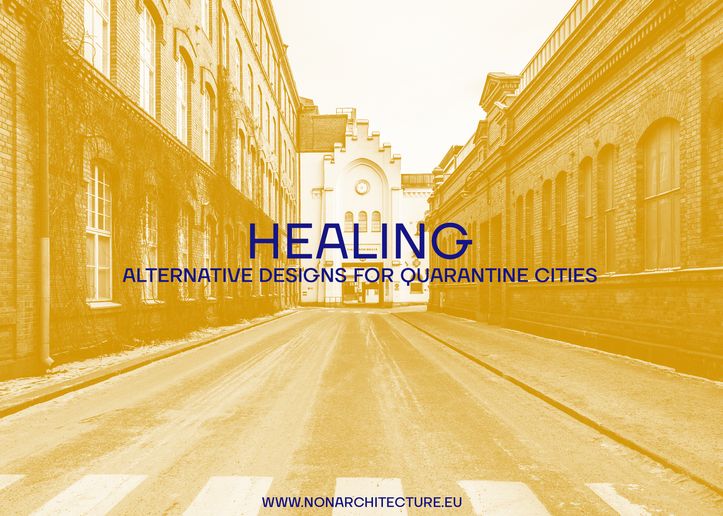What was the idea was behind Non-Architecture?
In 2014, at a press conference about his design for the Guggenheim Museum in Bilbao, Frank Gehry – the prototype of the ‘starchitect’ – said to a journalist, “98% of what’s built and designed today is pure shit. Some of us – the 2% – do something meaningful and it’s good architecture. Leave us alone.” Marco Mattia Cristofori (the other co-founder of Non-Architecture) and I were architecture students at the time, and we found this dogmatic. Gehry was saying, “I know what architecture is, it’s a discipline, and I decide what fits into it.” Like every young designer out there, we wanted to change the world. So, we decided: if want to create something new, we need to open up architecture to other approaches beyond Gehry’s 2%. We said: let’s design a framework for the 98% to come up with their own ideas and enable them to rediscover what their profession could be. We believed that our collective impact could be much bigger than one guy designing beautiful museums. And that was how Non-Architecture was born.
Can you briefly explain the Non-Architecture Research ecosystem concept?
We started doing architecture competitions because it’s a familiar way to gamify a research process for designers and architects. At the end of our first three-year competition period, we decided to add a degree of complexity by integrating more pressing contemporary issues. This was how we designed the research ecosystem. The idea is to have a new theme every four months for the next three years. Within each theme, there will be different competitions addressing the theme from different angles.
At first, we designed the framework around nine themes related to the UN sustainable development goals. We framed them within a circle, acknowledging their overlaps, because designing an energy-efficient building is not enough, if you don’t address the social, economic, cultural, and so on, aspects of sustainability too. We rushed last minute to add a new theme – Theme Zero: Pandemic Society – for the COVID-19 outbreak because we felt we had to address it.





